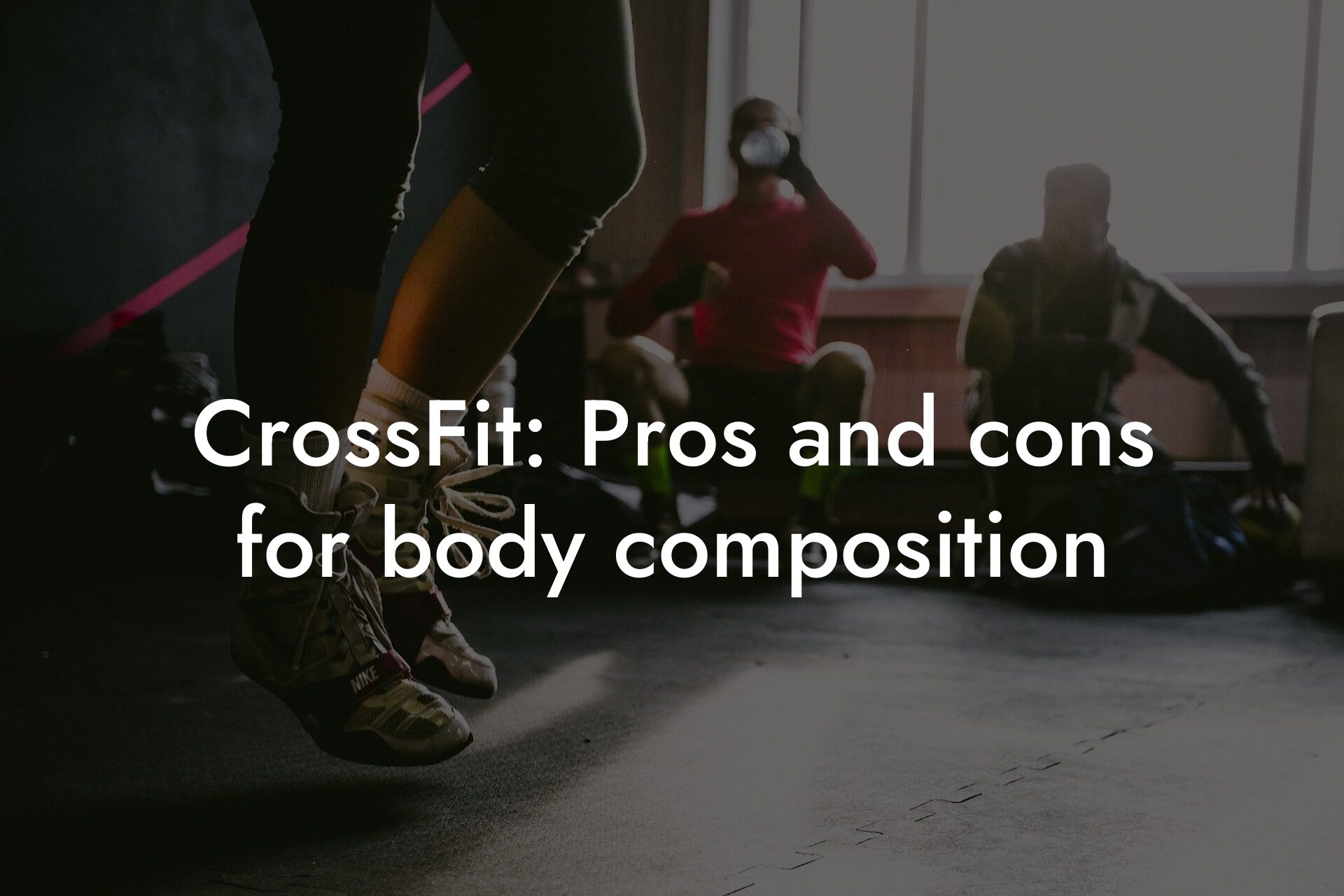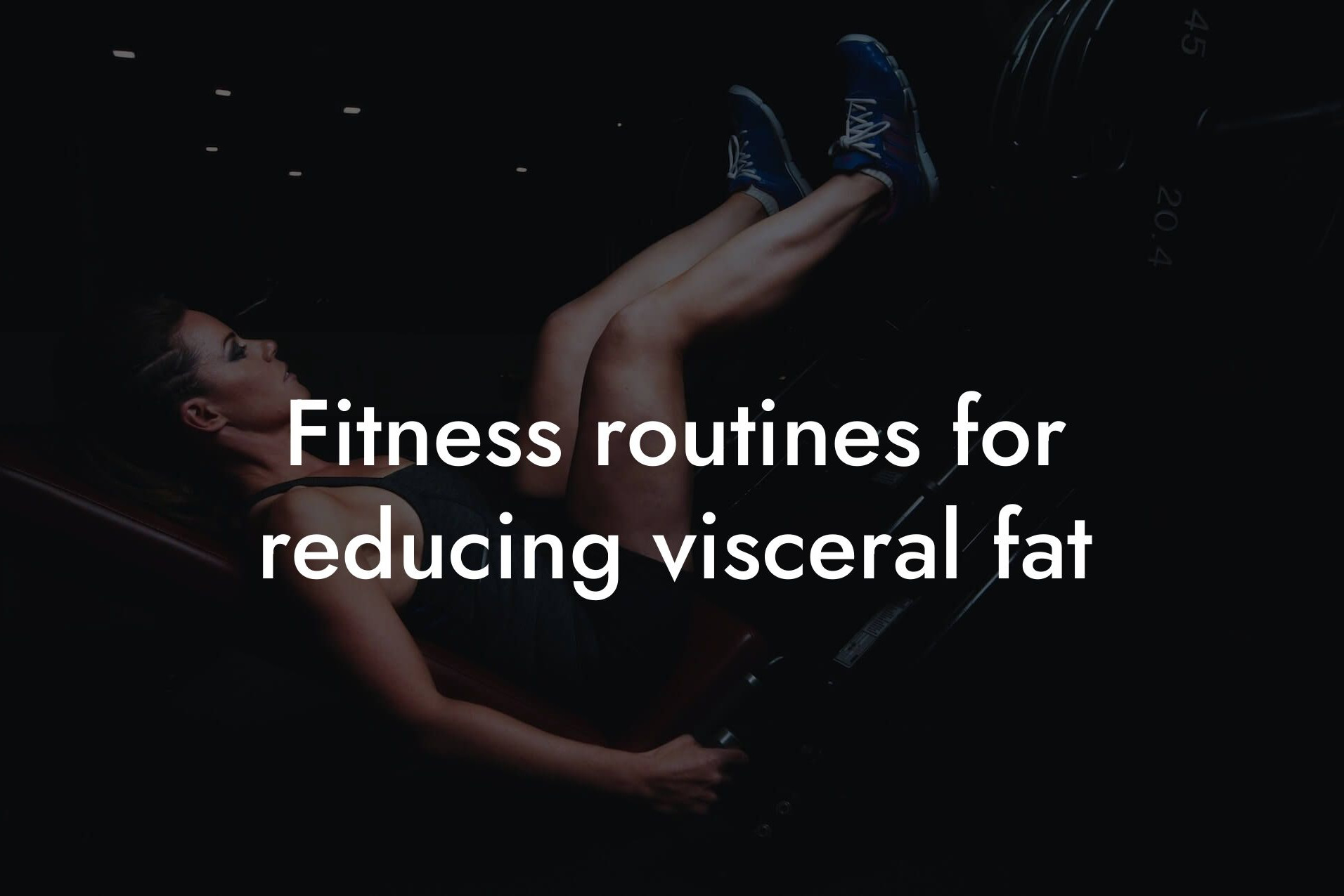Why Bone Density Matters
Bone density is a critical aspect of overall health, particularly for high-earning professionals who lead busy lifestyles and may not prioritize their physical well-being. As we age, our bone density naturally decreases, leading to an increased risk of osteoporosis, fractures, and osteopenia. However, with the right approach, it's possible to enhance bone density and maintain a healthy, strong skeleton.
Table of Contents
- Why Bone Density Matters
- The Role of Strength Training in Bone Density Enhancement
- How Strength Training Affects Bone Density
- Types of Strength Training for Bone Density Enhancement
- Key Exercises for Bone Density Enhancement
- Creating a Bone Density Enhancement Program
- Additional Tips for Bone Density Enhancement
- Frequently Asked Questions
The Role of Strength Training in Bone Density Enhancement
Strength training is a potent tool for improving bone density. When you engage in resistance exercises, you're stimulating your muscles to contract, which in turn, pulls on your bones. This mechanical stress triggers a response in your body to fortify your bones, making them stronger and denser. A well-structured strength training program can help increase bone density, reducing the risk of fractures and osteoporosis.
How Strength Training Affects Bone Density
Strength training affects bone density in several ways:
- Osteogenesis: Strength training stimulates the production of osteoblasts, the cells responsible for bone growth and repair. This leads to an increase in bone density and strength.
- Bone Remodeling: Resistance exercises trigger the bone remodeling process, where old, damaged bone tissue is replaced with new, stronger tissue.
- Mechanical Stress: The mechanical stress caused by strength training stimulates the activation of osteocytes, which helps to strengthen bone tissue.
Types of Strength Training for Bone Density Enhancement
Not all strength training exercises are created equal when it comes to bone density enhancement. The most effective exercises are those that:
- Involve weight-bearing activities, such as squats, lunges, and deadlifts, which stimulate bone growth in the hips, spine, and legs.
- Engage in high-impact exercises, like jumping and hopping, which stimulate bone growth in the hips and spine.
- Incorporate resistance band or weight exercises, which target specific muscle groups and stimulate bone growth.
Key Exercises for Bone Density Enhancement
Here are some exercises that can help enhance bone density:
- Squats: Works the quadriceps, hamstrings, and glutes, stimulating bone growth in the hips and legs.
- Lunges: Targets the quadriceps, hamstrings, and glutes, stimulating bone growth in the hips and legs.
- Deadlifts: Engages the entire lower body, stimulating bone growth in the hips, spine, and legs.
- Leg Press: Targets the quadriceps, hamstrings, and glutes, stimulating bone growth in the hips and legs.
- Calf Raises: Works the calf muscles, stimulating bone growth in the lower legs.
Creating a Bone Density Enhancement Program
To create an effective bone density enhancement program, follow these guidelines:
- Start with 2-3 times per week, with at least one day of rest in between.
- Incorporate a mix of weight-bearing, high-impact, and resistance exercises.
- Focus on exercises that target multiple muscle groups at once.
- Gradually increase the intensity and weight over time.
- Incorporate exercises that challenge balance and coordination, such as single-leg squats and single-arm rows.
Additional Tips for Bone Density Enhancement
In addition to strength training, here are some additional tips to enhance bone density:
- Get enough calcium and vitamin D: These nutrients are essential for bone health.
- Maintain a healthy weight: Excess weight can put additional stress on your bones.
- Avoid smoking and excessive alcohol consumption: Both can negatively impact bone health.
- Get enough sleep: Adequate sleep is essential for bone repair and growth.
Strength training is a powerful tool for enhancing bone density and reducing the risk of osteoporosis and fractures. By incorporating a well-structured strength training program into your lifestyle, you can maintain a healthy, strong skeleton and reduce the risk of bone-related health issues. Remember to start slowly, be consistent, and gradually increase the intensity over time. With patience and dedication, you can achieve optimal bone density and enjoy a healthier, more active lifestyle.
At Tano Performance Group, we understand the importance of bone density and overall health. Our state-of-the-art DEXA machine provides a comprehensive body assessment, giving you the information you need to take control of your physical health and achieve your goals. Contact us today to learn more about our services and how we can help you optimize your bone density and overall well-being.
Frequently Asked Questions
What is bone density and why is it important?
Bone density refers to the measure of how dense and strong your bones are. It's an important aspect of overall health, as strong bones can support your body's structure and functions, while weak bones can lead to osteoporosis, fractures, and other health issues. As high-earning professionals, maintaining good bone density is crucial to support your active lifestyle and prevent future health problems.
How does strength training help improve bone density?
Strength training, particularly with weights or resistance bands, helps improve bone density by stimulating the growth of new bone tissue. This is achieved through mechanical stress, which triggers the activation of osteoblasts, the cells responsible for bone formation. Regular strength training can lead to increased bone density, making your bones stronger and more resilient.
What are the benefits of strength training for bone density?
The benefits of strength training for bone density are numerous. It can help improve bone density, reduce the risk of osteoporosis and fractures, enhance overall physical function, and even improve mental health. Additionally, strength training can also improve muscle mass, balance, and coordination, making it an excellent exercise routine for overall health and wellness.
Can anyone benefit from strength training for bone density?
Absolutely! Strength training is beneficial for people of all ages and fitness levels. Whether you're a young professional looking to maintain good bone health or an older adult seeking to prevent osteoporosis, strength training can be adapted to suit your needs and goals. Even those with existing bone health issues can benefit from strength training, but it's essential to consult with a healthcare professional or certified trainer to develop a safe and effective exercise plan.
What types of exercises are best for bone density?
Resistance exercises, such as weightlifting, bodyweight exercises, and resistance band exercises, are excellent for improving bone density. These exercises work multiple muscle groups and joints, stimulating bone growth and strengthening. Some examples of effective exercises include squats, lunges, deadlifts, rows, and leg press. It's essential to incorporate a variety of exercises to target different muscle groups and bones.
How often should I do strength training for bone density?
Aim to do strength training exercises at least two to three times a week, with a minimum of 30 minutes per session. It's essential to allow for rest days in between to allow your muscles and bones to recover and rebuild. Consistency is key, so try to make strength training a regular part of your fitness routine.
Do I need to join a gym to do strength training?
No, you don't need to join a gym to do strength training. You can do bodyweight exercises, use resistance bands, or invest in a home gym setup. Many exercises can be done with minimal equipment, and there are plenty of online resources and tutorials to guide you. However, if you're new to strength training, working with a certified trainer or fitness coach can be beneficial in helping you develop a safe and effective exercise plan.
Can I do strength training with osteoporosis?
Yes, you can do strength training with osteoporosis, but it's crucial to take certain precautions. Consult with your healthcare provider or a certified trainer to develop a modified exercise plan that takes into account your bone health and any physical limitations. It's essential to avoid high-impact exercises, bending, or twisting, which can put excessive strain on your bones. Instead, focus on low-impact exercises that promote strengthening and stability.
How long does it take to see improvements in bone density?
The rate at which you see improvements in bone density varies depending on several factors, including your starting point, exercise routine, and overall health. Generally, you can expect to see noticeable improvements in bone density within 6-12 months of regular strength training. However, it's essential to remember that bone density improvement is a long-term process, and consistency is key.
Can strength training help with bone loss?
Yes, strength training can help with bone loss. Regular exercise can slow down or even reverse bone loss, particularly in older adults. By stimulating bone growth and strengthening, strength training can help improve bone density, reducing the risk of osteoporosis and fractures.
Is strength training safe for older adults?
Absolutely! Strength training is safe for older adults when done properly. It's essential to consult with a healthcare provider or certified trainer to develop an exercise plan that takes into account any physical limitations or health concerns. Start with low-intensity exercises and gradually increase the intensity as you become more comfortable.
Can I do strength training during pregnancy?
Yes, you can do strength training during pregnancy, but it's essential to take certain precautions. Consult with your healthcare provider to develop a modified exercise plan that takes into account your changing body and any physical limitations. Avoid high-impact exercises, bending, or twisting, and focus on low-impact exercises that promote strengthening and stability.
How does nutrition impact bone density?
Nutrition plays a crucial role in bone density. A diet rich in calcium, vitamin D, and other essential nutrients is essential for maintaining strong bones. Foods high in calcium, such as dairy products, leafy greens, and fortified cereals, can help support bone health. Additionally, vitamin D, found in fatty fish, egg yolks, and fortified dairy products, is essential for calcium absorption.
What are some common mistakes to avoid when doing strength training for bone density?
Some common mistakes to avoid when doing strength training for bone density include not warming up properly, using poor form, and overexerting yourself. It's essential to start with low-intensity exercises and gradually increase the intensity as you become more comfortable. Additionally, avoid high-impact exercises, bending, or twisting, which can put excessive strain on your bones.
Can I do strength training with a busy schedule?
Absolutely! You can do strength training with a busy schedule. Even short sessions of 10-15 minutes can be beneficial. Try breaking up your workout into smaller sessions throughout the day or incorporating strength training exercises into your daily routine, such as doing squats while brushing your teeth or doing push-ups during commercial breaks.
How does sleep impact bone density?
Sleep plays a crucial role in bone density. During sleep, your body repairs and rebuilds bone tissue, making it essential for maintaining strong bones. Aim for 7-9 hours of sleep per night to support bone health.
Can I do strength training with a physical disability?
Yes, you can do strength training with a physical disability. Consult with a healthcare provider or certified trainer to develop a modified exercise plan that takes into account your physical limitations. Many exercises can be adapted to accommodate different abilities, and there are plenty of online resources and tutorials to guide you.
How does stress impact bone density?
Chronic stress can negatively impact bone density. When you're stressed, your body produces cortisol, a hormone that can interfere with bone growth and density. Engage in stress-reducing activities, such as yoga or meditation, to help manage stress and support bone health.
Can strength training improve overall health?
Absolutely! Strength training can improve overall health by reducing the risk of chronic diseases, improving mental health, and enhancing physical function. Regular exercise can also improve sleep quality, boost energy levels, and increase self-confidence.
How does bone density impact overall health?
Bone density has a significant impact on overall health. Strong bones support your body's structure and functions, while weak bones can lead to osteoporosis, fractures, and other health issues. Maintaining good bone density can reduce the risk of chronic diseases, improve physical function, and enhance overall health and wellness.
What are some common myths about strength training for bone density?
Some common myths about strength training for bone density include the idea that it's only for young people, that it's too intense, or that it's only for athletes. However, strength training is beneficial for people of all ages and fitness levels, and it can be adapted to suit your needs and goals.
How can I track my progress with strength training for bone density?
Track your progress with strength training for bone density by monitoring your exercise routine, weight, and body fat percentage. You can also track your bone density through regular DEXA scans or consult with a healthcare provider to monitor your progress.
What are some additional resources for learning more about strength training for bone density?
Additional resources for learning more about strength training for bone density include online fitness websites, health blogs, and certified trainers or fitness coaches. You can also consult with a healthcare provider or registered dietitian for personalized advice and guidance.
Here are some related articles you might love...
- The best exercises for a strong core
- CrossFit: Pros and cons for body composition
- Fitness routines for reducing visceral fat
- How to design a workout plan based on DEXA scan results
- Strengthening exercises for bone fracture prevention
- Functional fitness for professionals
- Pilates for flexibility and core strength
- Benefits of resistance bands for muscle toning
- Balancing strength training with cardiovascular health
Zak Faulkner
Zak Faulkner is a leading authority in the realm of physical health and body composition analysis, with over 15 years of experience helping professionals optimise their fitness and well-being. As one the experts behind Tano Performance Group, Zak has dedicated his career to providing in-depth, science-backed insights that empower clients to elevate their physical performance and overall health.
With extensive knowledge of DEXA technology, Zak specializes in delivering comprehensive body assessments that offer precise data on body fat, muscle mass, bone density, and overall physique. His expertise enables individuals to make informed decisions and achieve their fitness goals with accuracy and confidence. Zak’s approach is rooted in a deep understanding of human physiology, combined with a passion for helping clients unlock their full potential through personalised strategies.
Over the years, Zak has earned a reputation for his commitment to excellence, precision, and client-focused service. His guidance is trusted by top professionals who demand the best when it comes to their health. Whether advising on fitness programs, nutritional strategies, or long-term wellness plans, Zak Faulkner’s insights are a valuable resource for anyone serious about taking their health and fitness to the next level.
At Tano Performance Group, Zak continues to lead our Content Team revolutionising how professionals approach their physical health, offering unparalleled expertise that drives real results.




